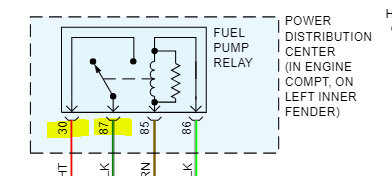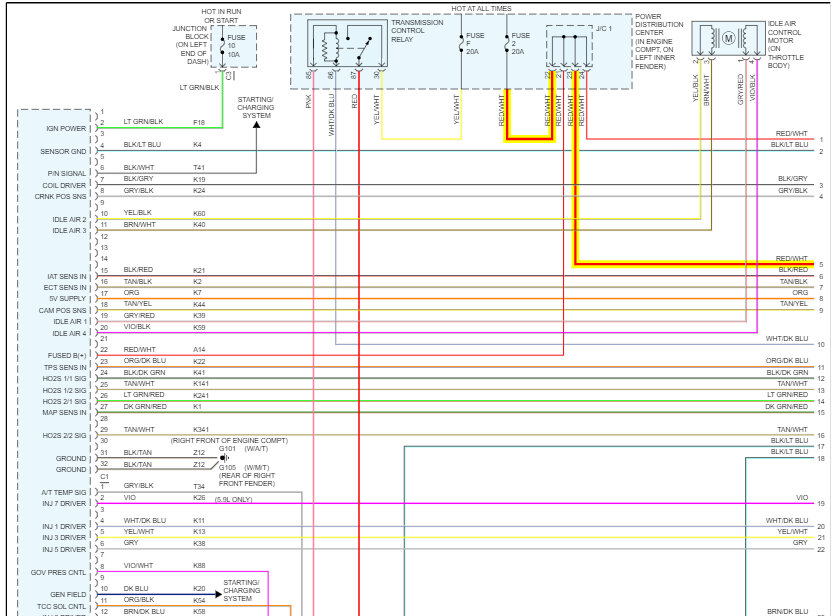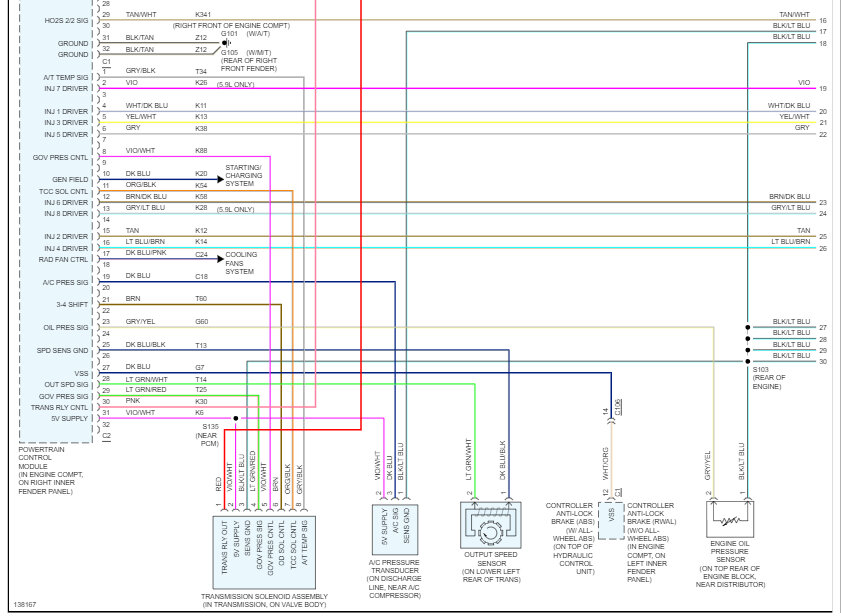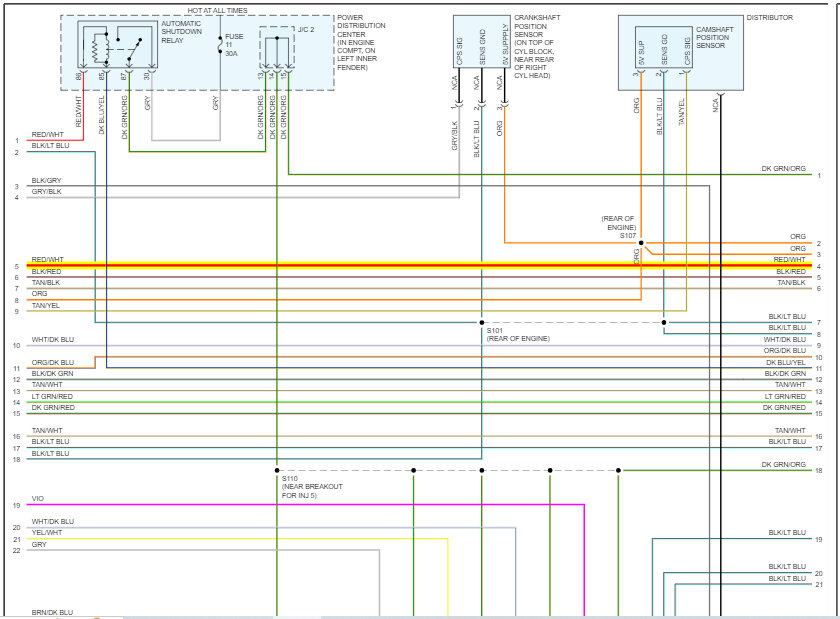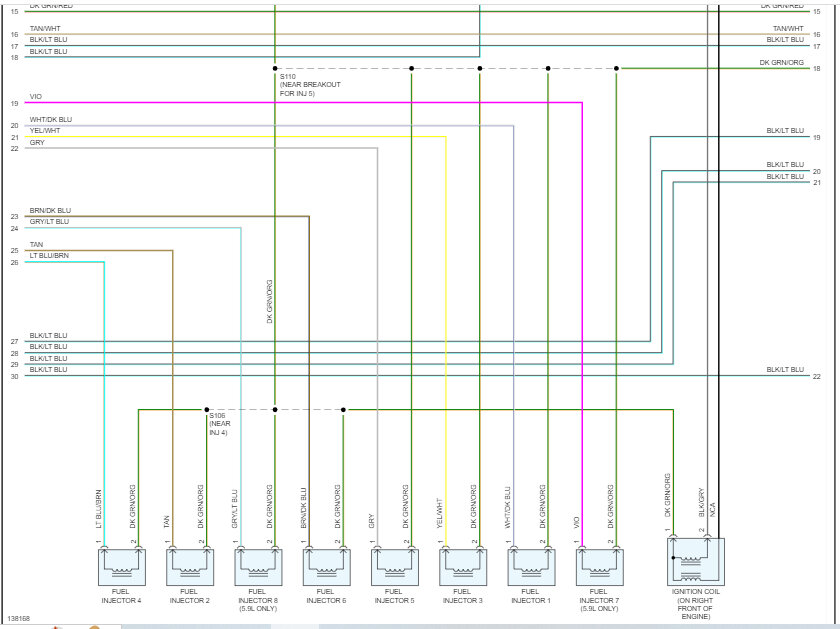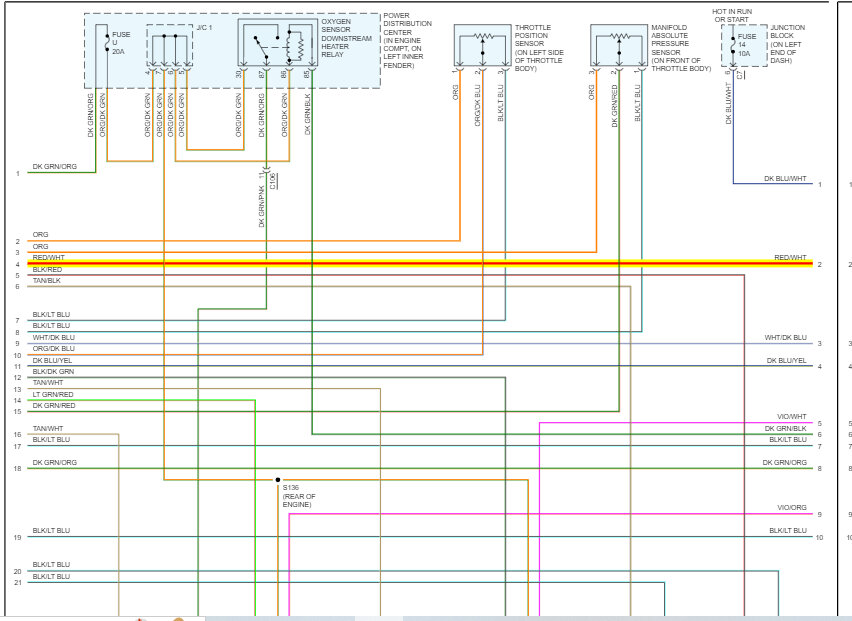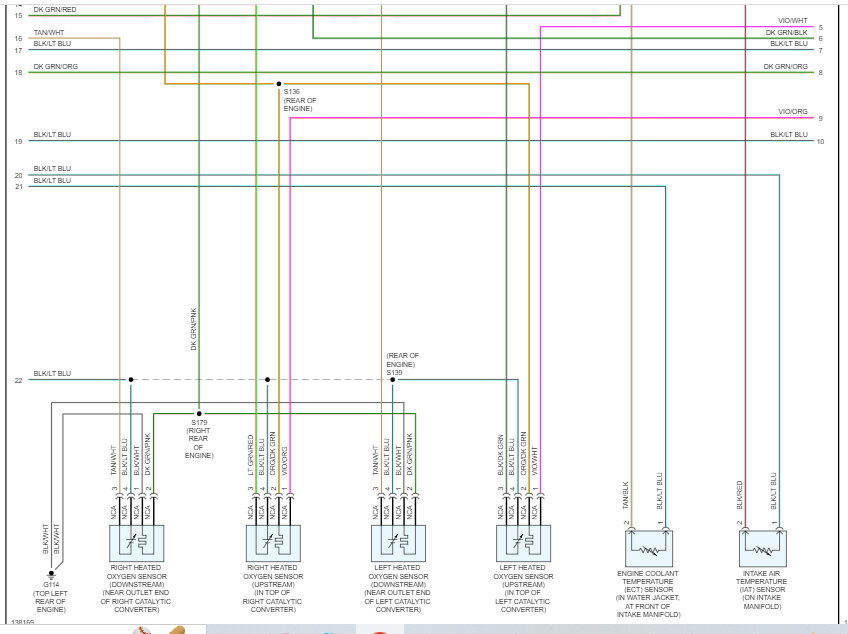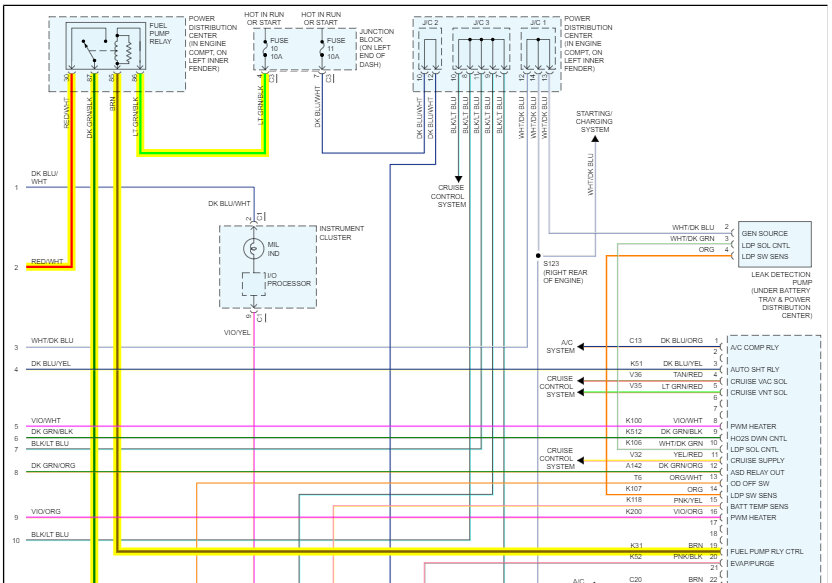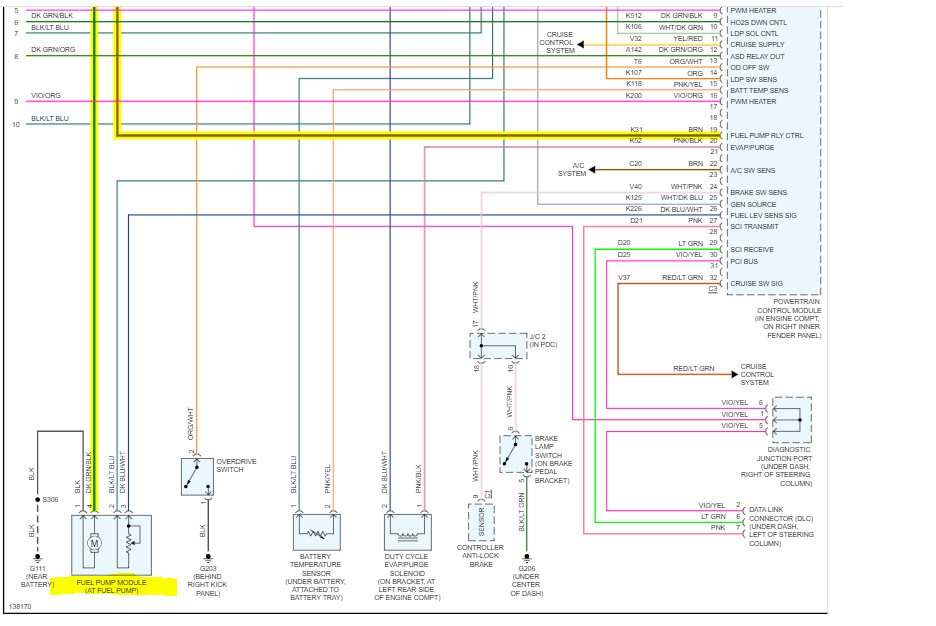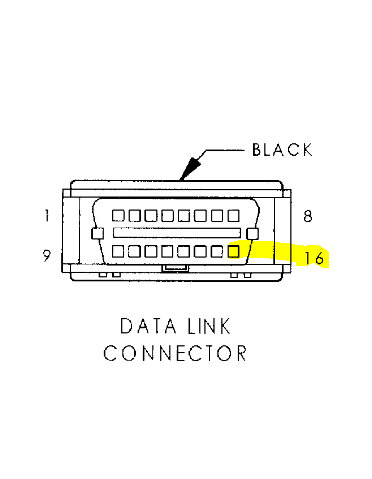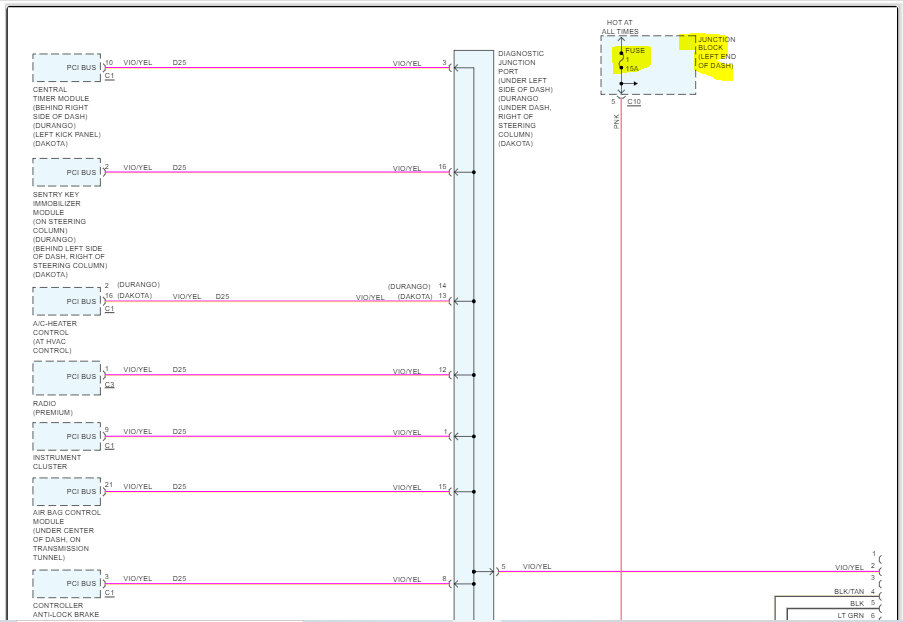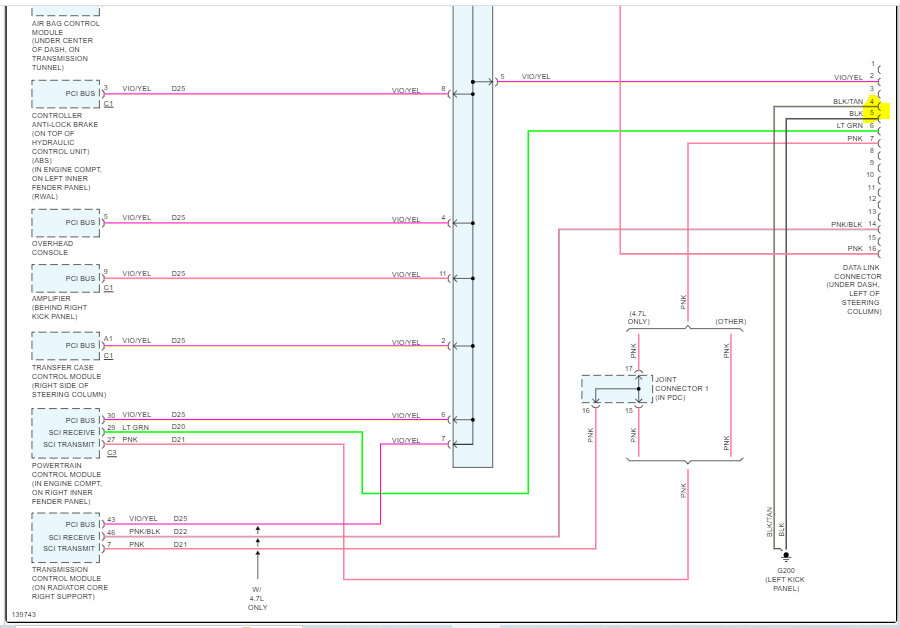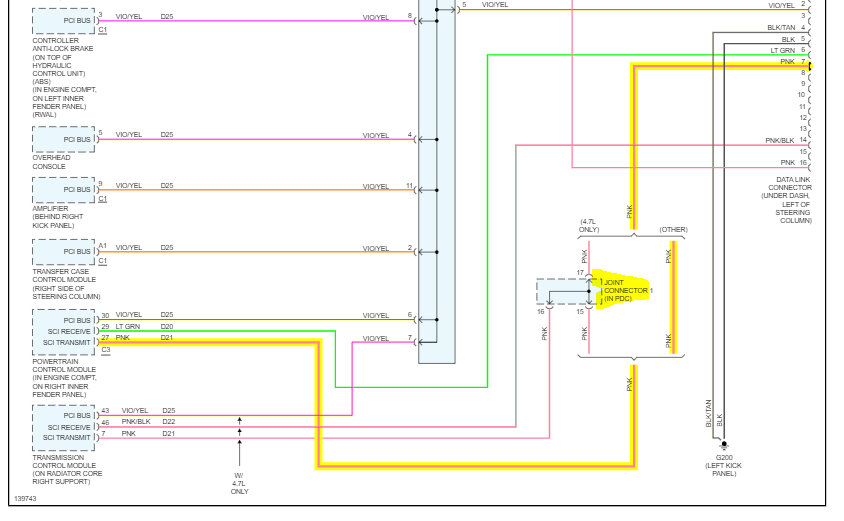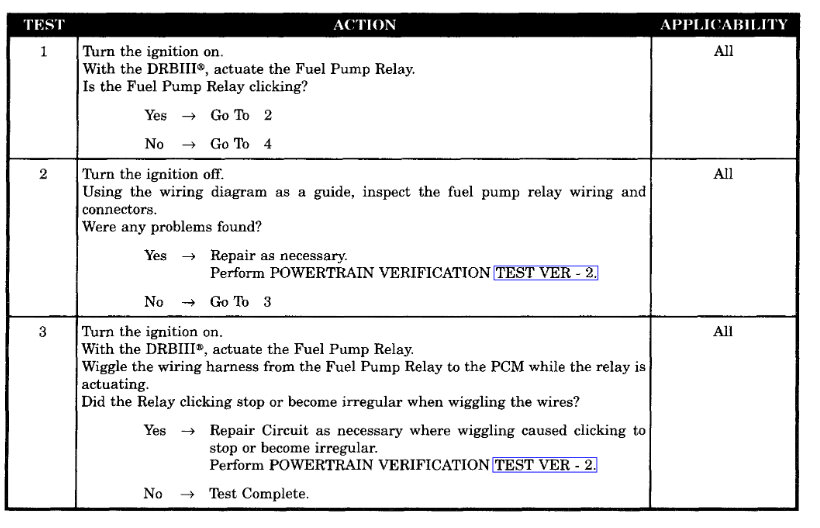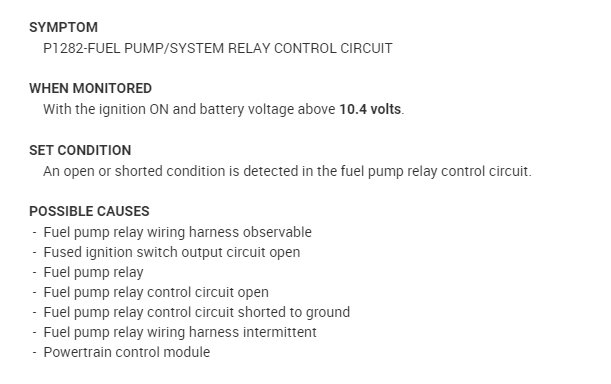Hi guys. I stumbled across this and have been waiting to learn the solution. I'd like to add a comment of value in case it helps.
I had the gas tank out of my '88 Grand Caravan twice to replace a plugged strainer, and both times, being the expert I think I am, I switched the fuel supply and return hoses. They're different sizes, yet I was able to mix them up.
More importantly, since your tank was out, I suspect you pumped the gas out. Inside the tank, the fuel pump housing and strainer sit inside a bowl that prevents the gas from running away from the pickup when you go around a corner or uphill when the fuel level is low. That bowl is kept full by the fuel coming back on the return line. When you start out with an empty tank and add gas, it dumps right into that bowl. All I needed to get my engine started was a pint of gas.
On my '94 Grand Voyager, they use a similar setup, except when you put gas in, it misses that bowl. I found when parked on level ground, I needed to put in close to five gallons before it would get high enough to spill over into the bowl. Once that happened, the pump could draw fuel, the engine would run normally, and the returning gas kept the bowl full, as usual. At that point you could use up the entire five gallons. The point of my sad story is you might have to put more gas in the tank to get fuel pressure up for the first time.
As Joe mentioned, the fuel pump only runs for one or two seconds when the ignition switch is turned on. That's supposed to be enough to get pressure up for starting in case it bled down a little over days or weeks. After that, the pump doesn't run until the Engine Computer sees engine rotation, (and develops spark). When you start out with 0 psi, one ignition switch cycle usually isn't enough to get fuel pressure up high enough. Try turning the ignition switch back off, then on a second or even a third time. Each time the pressure will jump up a little more. If you simply try to start the engine, battery voltage is drawn down a lot by the starter motor. That lower voltage means the fuel pump runs a lot slower than normal, so it's less likely to build pressure any faster than the injectors are bleeding it off.
Hope you guys get this solved soon.
Saturday, October 7th, 2023 AT 6:58 PM
